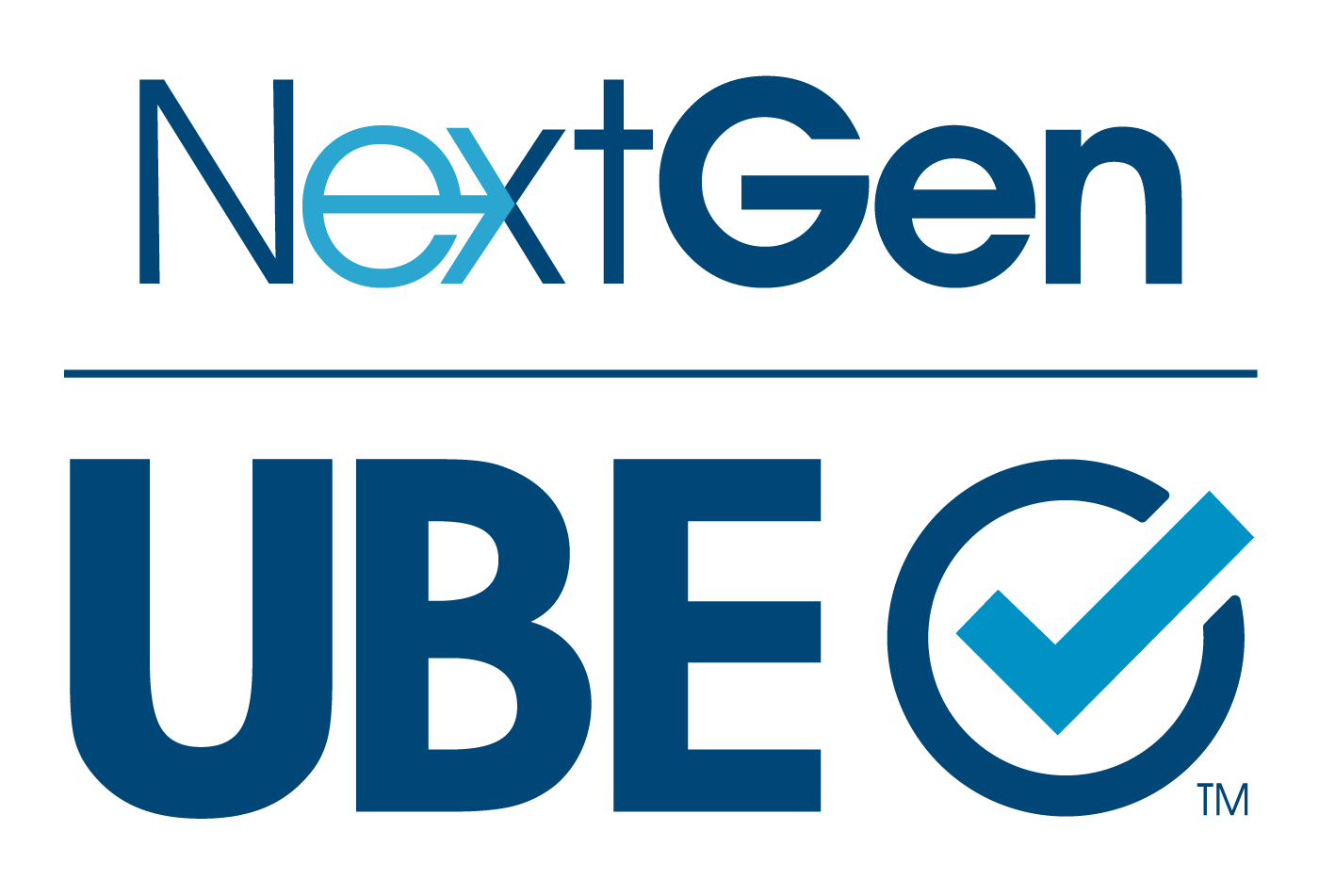Multiple-Choice Question 5
A construction worker sued an insulation manufacturer in federal court, claiming that he had developed a chronic health condition as a result of 20 years of exposure to the manufacturer’s insulation at his work sites. The manufacturer answered, denying all liability and stating that it had never supplied its insulation to the worker’s employer.
The worker’s attorney deposed the manufacturer’s president, and the manufacturer’s attorney deposed the worker. Immediately thereafter, the manufacturer moved for summary judgment on the ground that the worker had no evidence showing that the insulation had ever been used by the worker’s employer.
What would be the worker’s best response to the motion for summary judgment? Select one.
A. Argue that more time is needed for additional discovery to show the manufacturer’s liability, and attach a declaration describing the desired discovery.
B. Argue that the motion should be denied, because a central issue in the case will be the manufacturer’s credibility on the question of its distribution of the insulation, and only a jury can decide questions of credibility.
C. Argue that the motion should be denied, because the manufacturer failed to attach any evidence to its motion to show that the insulation was not used by the worker’s employer.
D. Make a cross-motion for summary judgment arguing that the manufacturer has introduced no evidence to show that its insulation did not harm the worker.

